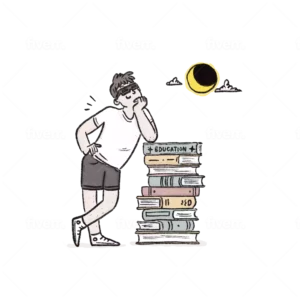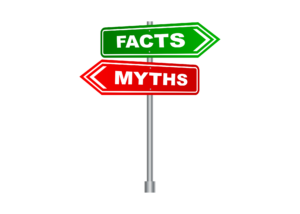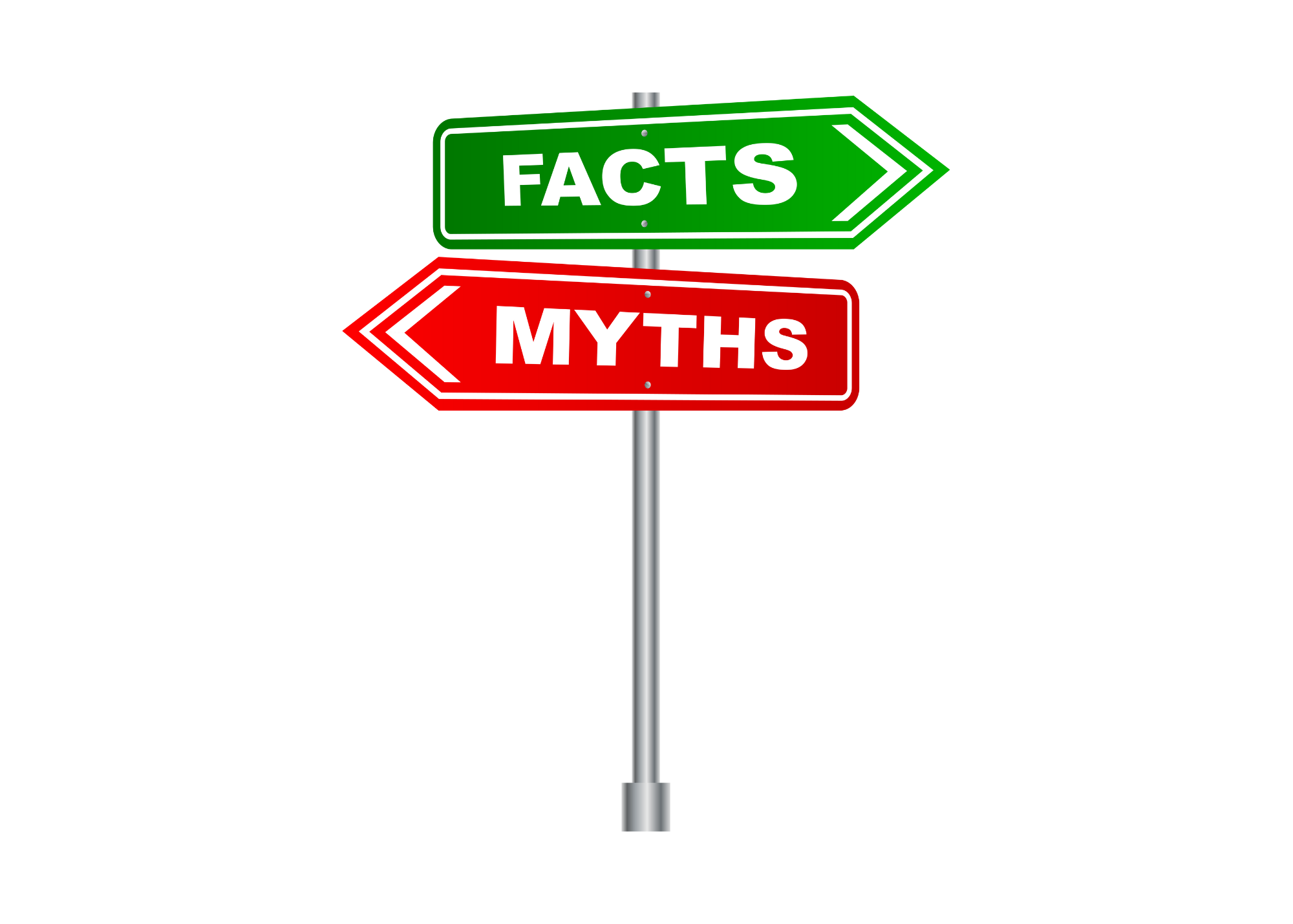Eclipses: A Look Back throughout History
Before we had books and writing, we had eclipses. We’ve learned a lot as our knowledge of science has improved through the tens of thousands of years since then. Many of the older ideas we had about eclipses, and the what causes them or how they effected the world around us have evolved as our knowledge has grown. What once were mysteries, even magic to some, now have detailed scientific explanations about the how and why.
Still, some people still believe some of the ancient myths are still true. We’ve collected a few of the more popular ones that have circulated through time to share.
MYTH: A total solar eclipse can produce harmful rays that can make you blind.
In the midst of a total solar eclipse, when the moon completely obscures the sun, the corona emits electromagnetic radiation, occasionally displaying a greenish tint. This phenomenon has been under scientific scrutiny for centuries. Despite being a million times dimmer than the sun’s direct light, the coronal radiation lacks the potency to traverse the vast expanse of 150 million kilometers in space, penetrate our thick atmosphere, and induce blindness. However, observing the sun prior to the totality phase exposes viewers to the dazzling solar surface, potentially causing retinal damage. Fortunately, human instinct often prompts a swift averted gaze, preventing significant harm before it occurs.
Remember, the only safe way to observe the sun prior to totality is by wearing USA made, ISO certified eclipse glasses.
MYTH: The corona of the sun has always been observed during a total solar eclipse
It is hard not to imagine that the way things are now is the way they have always been, but in the case of the sun we can never be too sure. We already know that the familiar 11-year sunspot cycle seemingly ‘vanished’ in the 1700s during what scientists call the Maunder Minimum. There have been a number of accounts of total solar eclipses dating back to the time of the Ancient Greeks, but curiously descriptions of the contemporary corona, which is the most dramatic feature, are either not provided or are only barely mentioned.
Poet Archilochus spoke of the total solar eclipse of 6 April 647 B.C.E. and failed to mention the corona “There is nothing beyond hope, nothing that can be sworn impossible, nothing wonderful, since Zeus, father of the Olympians, made night from mid-day, hiding the light of the shining Sun, and sore fear came upon men.” Johannes Kepler during the eclipse of October 12, 1605 was happy to mention the ‘Red Flames’ visible around the rim of the sun, but no mention of what we now see as a dazzling corona! It wasn’t until the eclipse of May 3, 1715 described by astronomer Edmund Halley from England that we get our first genuine corona description as a’… luminous ring of pale whiteness’. So, did the sun go through a thousand-year period of not having a significant corona at all? We may never know for certain!
MYTH: Pregnant women may harm their baby if they watch a solar eclipse.
This is connected to the earlier misconception that a total solar eclipse emits harmful radiations. While the electromagnetic radiation emanating from the corona, visible as light, is completely safe, there is an alternate form of radiation that reaches Earth from the sun.
Deep within the solar interior, where nuclear fusion generates the sun’s light, neutrinos are produced. These particles swiftly travel out of the sun and into space without hindrance. Even during a solar eclipse, they pass through the moon’s solid body and, a second later, reach Earth, penetrating through it as well. Every second, trillions of these neutrinos bombard your body, whether the sun is above or below the horizon. The only outcome is that, every few minutes, a few atoms in your body undergo a harmless transmutation into a different isotope by absorbing a neutrino. This effect poses no threat to you or, for pregnant individuals, to the developing fetus.
MYTH: Solar eclipses six months after your birthday, or on your birthday, are a sign of impending bad health.
This is a common belief among astrologers, and once again is only supported by confirmation bias. There is no physical relationship between a total solar eclipse and your health, any more than there is a relationship between your health and a new moon. Among a random sample of people, you may find such correlations from time to time but they are outnumbered by all the other occasions during which your health was excellent.
MYTH: Food prepared during an eclipse will be poisoned.
Linked to the misconception of harmful solar rays is the unfounded notion that a total solar eclipse produces radiation capable of harming food. If such were the case, this supposed radiation would also affect the food stored in your pantry or the crops in the field. The underlying notion stems from the fear-inducing nature of total solar eclipses, particularly their eerie green coronae, prompting a natural inclination to craft fearful narratives and seek connections with coincidental events in one’s surroundings. For instance, if someone were to experience food poisoning from Aunt Martha’s dip during an eclipse, some may argue that the incident is somehow linked to the eclipse itself, despite others being unaffected.
MYTH: Eclipses are harbingers of something very bad about to happen.
An example of Confirmation Bias, as identified by psychologists, is our tendency to recall instances when two events occurred simultaneously while forgetting the numerous times they did not. This inclination results in a skewed perspective on cause-and-effect relationships, favoring the retention of easily remembered patterns. The human brain is inherently wired to seek and remember patterns that can serve as practical rules of survival. Although total solar eclipses may not frequently appear in historical records, they are more likely to be documented when they coincide with other significant historical events.
MYTH: Solar Eclipses foretell major life changes and events about to happen
This interpretation frequently appears in astrological predictions, grounded in coincidences and non-scientific convictions about the influence of celestial events on human behavior. A typical assertion is that if an eclipse doesn’t predict a change in your life, it might indicate a change in the lives of your friends. This approach employs confirmation bias illogically, establishing a cause-and-effect relationship by disregarding unsuccessful predictions and focusing solely on those that appear accurate. The connection between eclipses and future events in one’s life is solely rooted in human psychology.
MYTH: The moon turns completely black during a total solar eclipse.
While observing the New Moon can be challenging, there’s no need to. Instead, focus on the first quarter moon, and you’ll notice that the dark lunar surface beyond the crescent is faintly illuminated. This occurs because, when viewed from the moon, Earth appears prominently bright in the sky, casting a gentle light that imparts a pale milky white hue to the lunar surface. This phenomenon is known as earthshine, and it applies similarly during a total solar eclipse. Most of Earth’s surface, beyond the path of totality, is bathed in broad daylight, appearing in full phase when viewed from the moon. This brightness shines down on the lunar surface, rendering it dimly visible during a total solar eclipse, juxtaposed against the much more brilliant solar corona.


